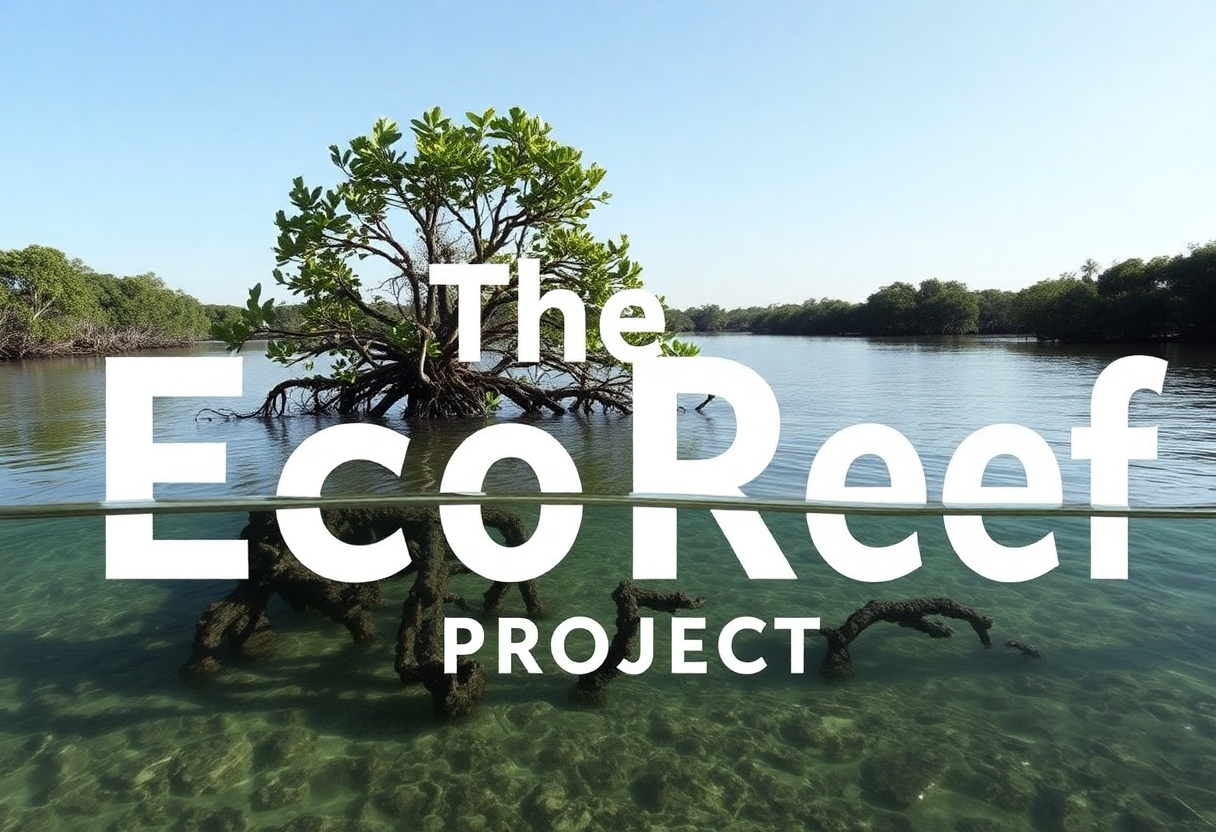How Man-Made Eco Reefs Can Save Our Oceans, Our Waterways and Ourselves
Coral reefs are among the most diverse and productive ecosystems on the planet, supporting millions of marine species and providing livelihoods for millions of people. However, coral reefs are also among the most threatened ecosystems, facing multiple stressors such as climate change, pollution, overfishing, and coastal development. According to the World Wildlife Fund, we have already lost around 50% of the world’s coral reefs including places like the Great Barrier Reef in the past 30 years, and maybe if we are not careful it could get up to 90% by 2050 if we do not start and take some urgent action.
One of the potential solutions to this crisis is the creation of artificial reefs, or man-made structures that are designed to mimic natural reefs and enhance marine life. Artificial reefs can be made from various materials, such as concrete, metal, wood, or even recycled objects like ships, cars, or tires. Artificial reefs can serve multiple purposes, such as providing habitat for fish and other organisms, increasing fishery production, restoring degraded areas, protecting shorelines from erosion, and creating recreational opportunities for divers and tourists.
But what are the ideological and psychological implications of creating artificial reefs? How do they affect our relationship with nature and ourselves? In this blog post, I will explore some of the benefits and challenges of artificial reefs from an environmental and human perspective.
Benefits of Artificial Reefs
Artificial reefs can have positive impacts on both the natural environment and human society.
Some of the benefits of artificial reefs are:
- They can increase biodiversity and biomass of marine life, by providing shelter, food, and breeding sites for various species. Artificial reefs can also attract migratory species and facilitate the dispersal and connectivity of populations.
- They can enhance ecosystem services and functions, such as nutrient cycling, carbon sequestration, water purification, and oxygen production. Artificial reefs can also help mitigate the effects of climate change, such as ocean acidification, coral bleaching, and sea level rise, by buffering the impacts of temperature and pH fluctuations and providing refuge for vulnerable species.
- They can support socio-economic development and well-being, by improving fishery yields, creating jobs, generating income, and diversifying livelihoods. Artificial reefs can also boost tourism and recreation, by creating attractive and accessible destinations for diving, snorkeling, fishing, and education. Artificial reefs can also foster cultural and aesthetic values, by preserving historical and cultural heritage, enhancing the beauty and diversity of the seascape, and inspiring creativity and innovation.
Challenges of Artificial Reefs
Artificial reefs can also have negative impacts on both the natural environment and human society. Some of the challenges of artificial reefs are:
- They can cause ecological and environmental problems, such as introducing invasive species, altering natural habitats, disrupting ecological processes, and creating pollution and waste. Artificial reefs can also have unintended consequences, such as attracting predators, competitors, or parasites, increasing fishing pressure, or displacing native species.
- They can create social and ethical dilemmas, such as conflicting with the rights and interests of local communities, indigenous peoples, or other stakeholders. Artificial reefs can also raise questions about the ownership, management, and governance of the marine resources, and the responsibility and accountability for the impacts and outcomes of the artificial reefs. Artificial reefs can also challenge our moral and philosophical views on the value and meaning of nature, and the role and purpose of human intervention.
- They can pose technical and practical difficulties, such as designing, constructing, deploying, monitoring, and maintaining artificial reefs. Artificial reefs can also require significant financial and human resources and involve complex legal and regulatory frameworks. Artificial reefs can also face uncertainties and risks, such as natural disasters, human vandalism, or political instability.
Conclusion
Artificial reefs are not a panacea for the coral reef crisis, but they can be a valuable tool to complement and supplement the conservation and restoration of natural reefs. Artificial reefs can offer both opportunities and challenges for the environment and society, and they require careful planning, implementation, and evaluation to ensure their effectiveness and sustainability. Artificial reefs can also reflect and influence our ideology and psychology, and they can shape and be shaped by our values and attitudes towards nature and ourselves. Artificial reefs can be seen as a form of ecological engineering or a way of applying our knowledge and skills to create and manage ecosystems for the benefit of both humans and nature. However, artificial reefs can also be seen as a form of ecological art or a way of expressing our vision and imagination to create and appreciate ecosystems for their own sake. Ultimately, artificial reefs can be a way of enhancing our connection and interaction with the ocean and a way of exploring and discovering ourselves.
Please feel free to tell us what you think we can do to help in this area and to find out more go to: www.ecoreefproject.org/about.htm











